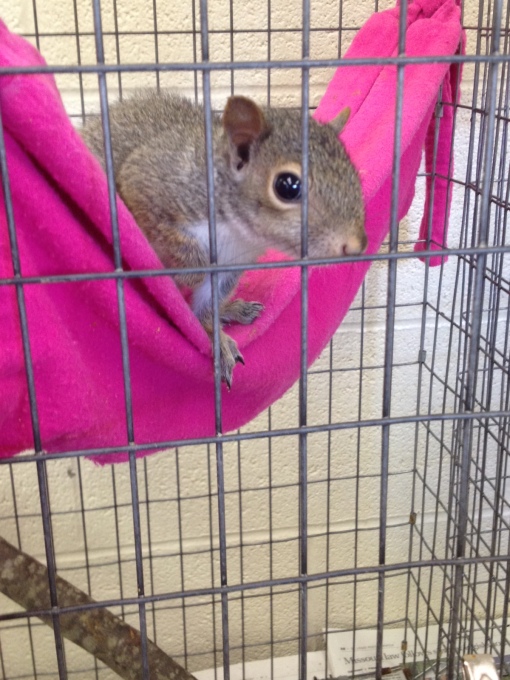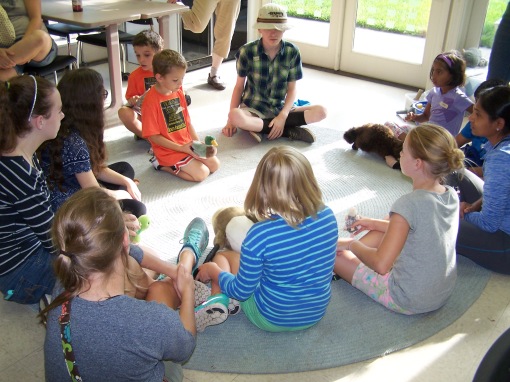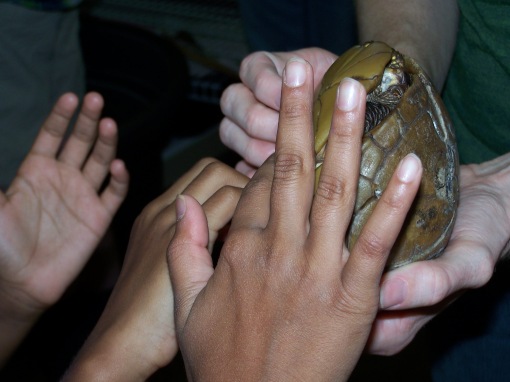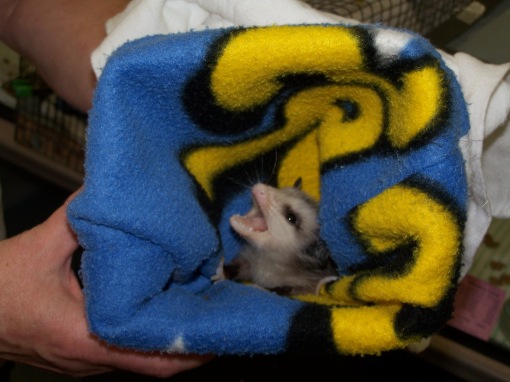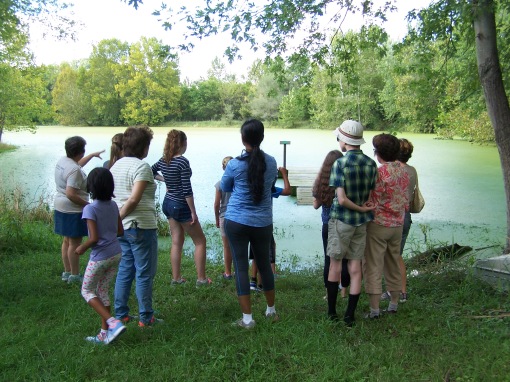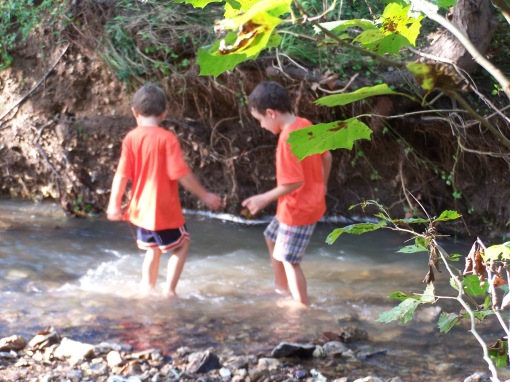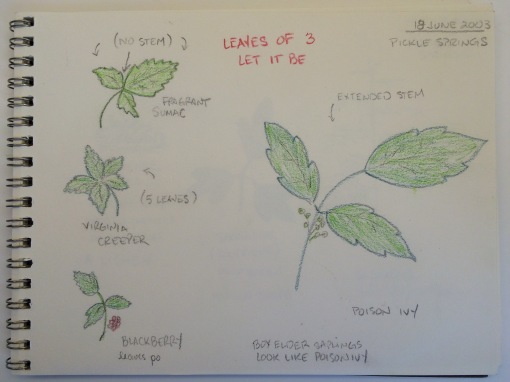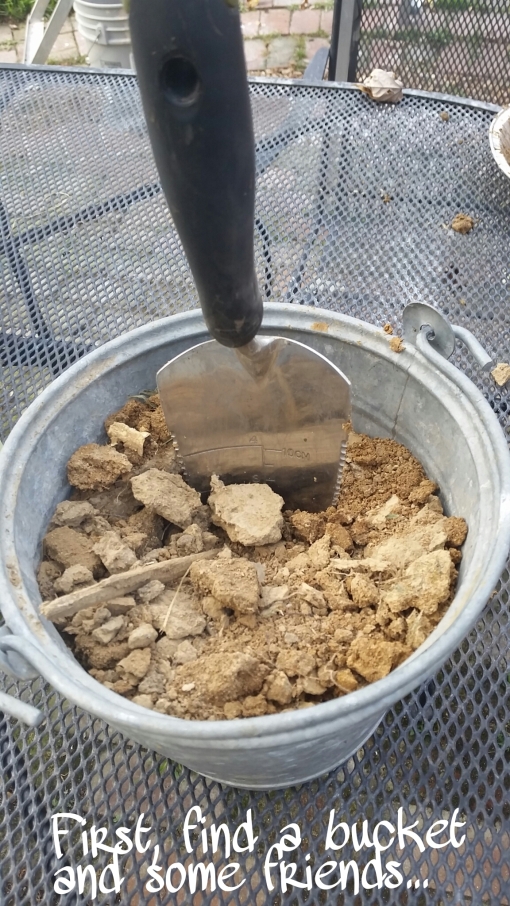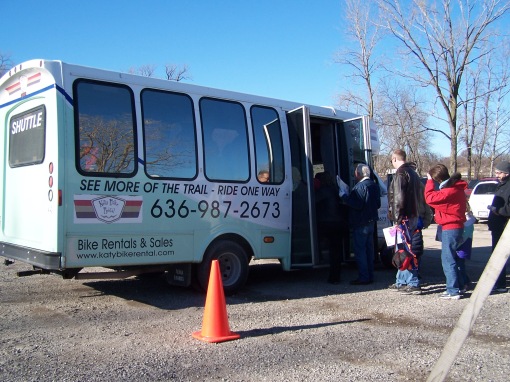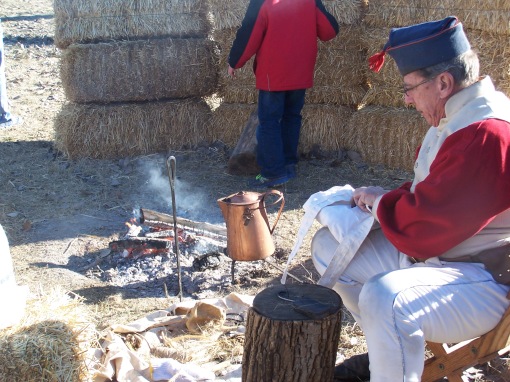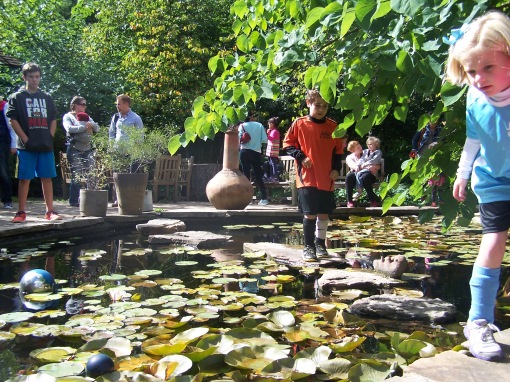Scouting Mission: 295
Log Date: June 2018
Surprisingly, bunnies don’t like to be picked up, cuddled, or even petted. That’s what you learn when you go to the “Bunny Expo” and talk with Joy, the “Bunny Whisperer”.
♥
This event is held on the first weekend of June because that’s when the cute little “Easter Bunnies” reach puberty, and start to get a little feisty. It’s important to get baby bunnies fixed, especially boy bunnies, who become fierce, leap into the air, do a 180-degree twist, and spray everything inside your house.
♥

♥
The way to pat a bunny is to stroke it gently on the forehead, just between the ears. The dominant bunny is the bunny lowest to the ground, so putting your hand under a bunny’s chin means YOU are the top bunny, and that’s an insult. Stroking the bunny’s forehead between the ears makes that bunny feel like a Queen, so always stroke a bunny on the forehead if you want to be friends.
♥

♥
Rabbits are prey animals; they like to stay on the ground and they don’t like to be picked up. These are domesticated animals, properly called “House Rabbits”, because they belong indoors, not outside in cages. Behind cats and dogs, bunnies are the #3 animal dumped onto city streets, and lots of bunnies are dumped into city parks all over the country with the mistaken belief they can fend for themselves. They can’t.
♥
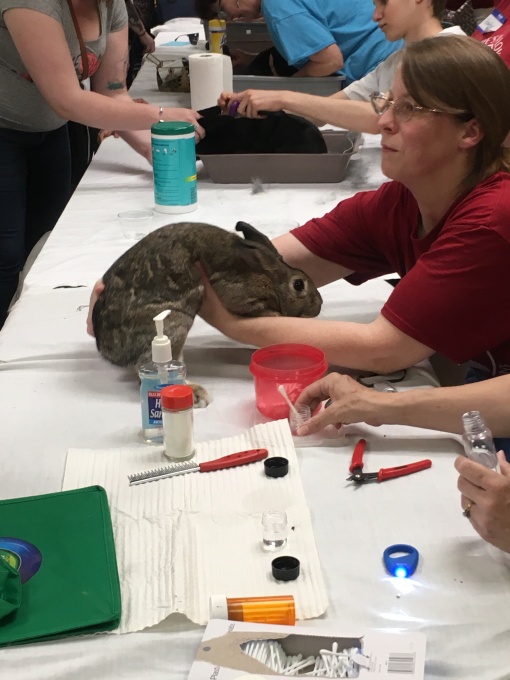
♥
Saint Louis has the biggest bunny rescue organization in the nation, called “The Bunny House”, operated by the House Rabbit Society of Missouri, located in Fenton. The Bunny House organizes “The Bunny Expo” at the Humane Society each year to encourage people to learn all about bunnies, and get young bunnies fixed. The Bunny Expo includes a spa, a vet visit, nail trimming, and an expo with photo booth and merchandise. There are lots of bunnies for adoption, which you get to stroke between the ears.
♥

♥
Once bunnies are fixed, they quickly learn to use the litter box. Bunnies can live a long time, up to twenty years, and they need a fairly large pen. Owning a bunny is a significant relationship and a big responsibility, and the people at the Bunny Expo love their bunnies. Think twice before bringing a cute baby bunny home for Easter, and be sure to do your homework by visiting the Bunny Expo first. Or, just bring kids to The Bunny Expo for a bunny adventure, where they can learn all about how to pat the bunny.
♥

♥
Things you can do:
- Visit the Bunny Expo in June at the Humane Society on Macklind.
- Pat bunnies between the ears to make them feel like the King or Queen.
- Help fund the Bunny House with a donation http://www.hrsmostl.org/
- Share what you learn with family and friends
♥
 End.
End.


